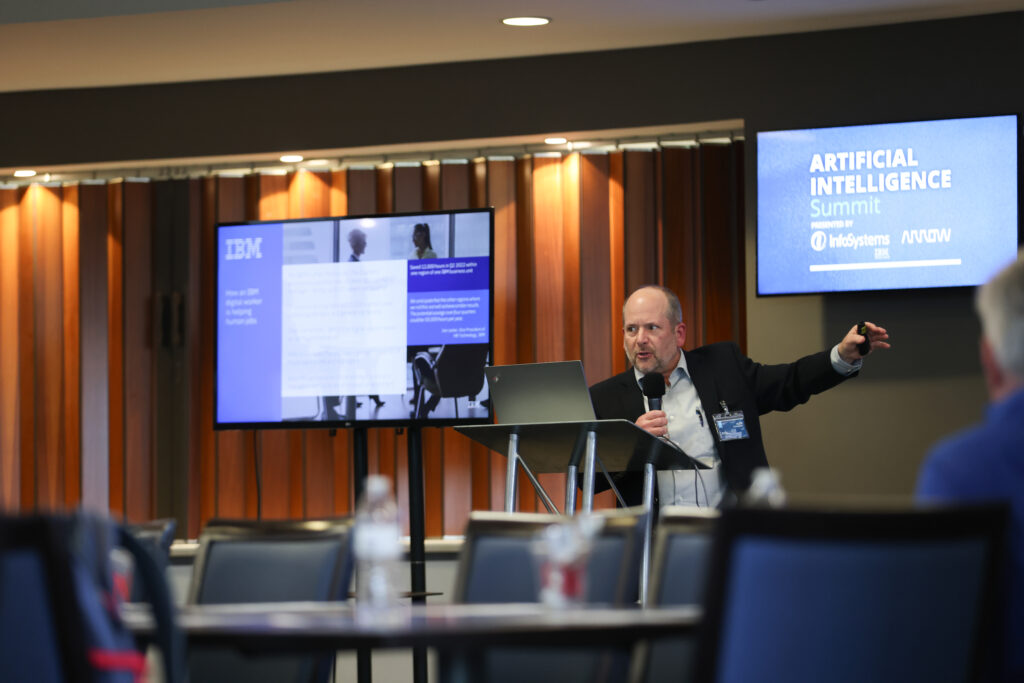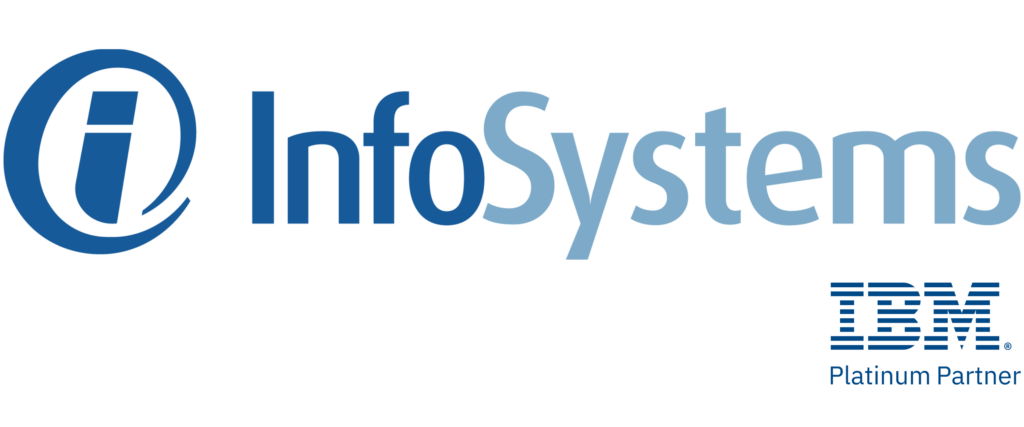When you think of AI, what comes to mind? Chat GPT? Robots? For a lot of people, artificial intelligence doesn’t bring a lot of happy thoughts. In fact, we’ve been made to think that AI is going to replace a lot of human jobs, causing a lot of fear mongering and hesitation when it comes to the positive aspects of AI.
In Alex Feinberg’s talk during the Artificial Intelligence Summit, we learned about how AI can be used to improve productivity and create customer-focused, agile, and efficient business practices. In this article, we’re going to dive into these strategies more and give a few highlights from Alex’s talk.
Will Digital Labor Replace Human Labor?
According to Alex, a lot of the repetitive tasks that people are doing in their jobs can be replaced by AI to help knowledge workers do the valuable work that needs to be done instead of spending countless hours doing tasks that could be automated. In most cases, AI won’t replace human jobs, it will help employees and business leaders do their jobs better and with the tools they need. Here are some other benefits of digital labor:
➡️ Eliminate repetitive tasks, human error, and overwhelming data.
➡️ Analyze complex problems and generate actionable insights.
➡️ Deliver faster outcomes and better decisions.
Not only can digital labor boost employee productivity, but it can create exceptional customer care by empowering customers and improving their experiences.
What Conversations Should Business Leaders Have About AI?
One important consideration for business leaders when it comes to AI is to identify tasks that knowledge workers are performing every day and then determine which of those tasks can be replaced. Human resources are an excellent example of this; there is a lot of work human resources specialists are doing that distracts them from their primary objective – hiring and retaining the best talent. Tasks that don’t require specialized knowledge, like moving data from one application to another or context switching, are elements of HR that could be automated, allowing human resources specialists to focus on strategy.

What Does Digital Labor for Automating Work Look Like?
Implementing digital labor is a process:
Knowledge Workers…
Engage orchestration through conversational AI to automate, manage, and optimize work.
AI Orchestration…
Receive a request, match the best skills, then sequence the tasks based on the user’s intent and context.
Discovery & Training…
Skills catalog is an ever-expanding directory of applications and specific tasks.
Automation…
Build, discover, import, and train skills for use in everyday processes and workflows.
To effectively implement digital labor in your business, it’s important to be educated and understand what your goals and focus are.
Schedule a conversation to discuss how your business can take advantage of AI here.



